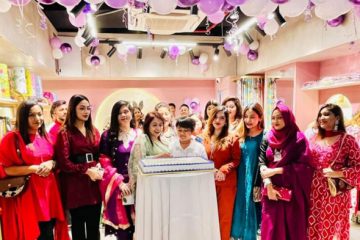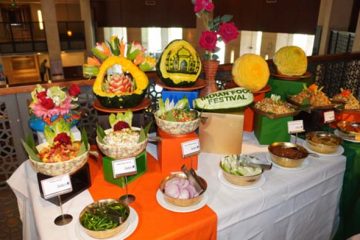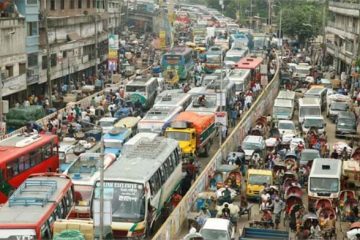 The University of Dhaka, the premier university of the country, becomes 88 years old today. Its birthday will be celebrated by colourful celebrations by the students, teachers and employees.
The University of Dhaka, the premier university of the country, becomes 88 years old today. Its birthday will be celebrated by colourful celebrations by the students, teachers and employees.
The university will observe the day as ‘Dhaka University Day’ through colourful processions, hoisting of flags, cutting the cake, friendly football matches, debates, concert, voluntary blood donation, photo and manuscript exhibition, and reminiscences by former students.
No class and examination will be held on the day but the offices will remain open.
The theme of this year’s celebration is ‘Higher Education for Democratisation’.
On the first day of July in 1921 the University of Dhaka opened its doors to students. It was set up on 600 acres of land in the Ramna area with Sir PJ Hartog as the first vice-chancellor.
At present, roughly 30,000 students are enrolled in this university and are taught by about 1,300 teachers in 66 departments under 13 faculties, eight institutes and 20 centres for advanced research.
The university began its journey with only 192 students and 60 teachers in three faculties — arts, sciences, and law — consisting of 12 departments: Sanskrit and Bangla, English, Education, History, Arabic and Islamic Studies, Persian and Urdu, Philosophy, Economics and Politics, Physics, Chemistry, Mathematics and Law. The total number of students at the end of the first academic year was 877.
Scholars in humanities like Haraprasad Sastri, FH Turner, Mohammad Shahidullah, GH Langley, Haridas Bhattacharya, Roy Ramesh Chandra Majumder, Sir AF Rahman and Naresh Chandra Sengupta were among the teachers in the university’s early days.
The name of Satyendranath Bose, famed for Bose-Einstein Quantum Statistics, must be mentioned. KS Krishnan and SR Khastgir in physics, Gyanchandra Gosh and Mokarram Hossain Khundker in Chemistry, Quazi Motahar Hossain in Statistics, and Kamaluddin Ahmed in Biochemistry, Pharmacy and Nutrition Science, were famous for their contributions to science.
From the beginning a distinctive feature of the university was its residential system. All the students of the university were either residents or attached to the halls. The three halls established for this purpose were Dhaka Hall, Jagannath Hall and Salimullah Muslim Hall.
The university played the central role in all the nationalist movements for democracy and autonomy in East Pakistan, including the language movement of 1952, the education movement of 1962, the autonomy movement of 1966, the mass upsurge against the military junta in 1969, and the election of 1970.
Several hundred students, fourteen teachers, one officer and twenty-six employees of the university sacrificed their lives for the country’s independence in 1971. Courtesy of NewAgebd

















